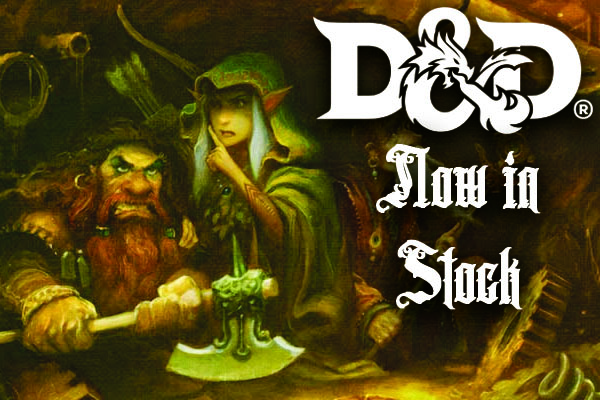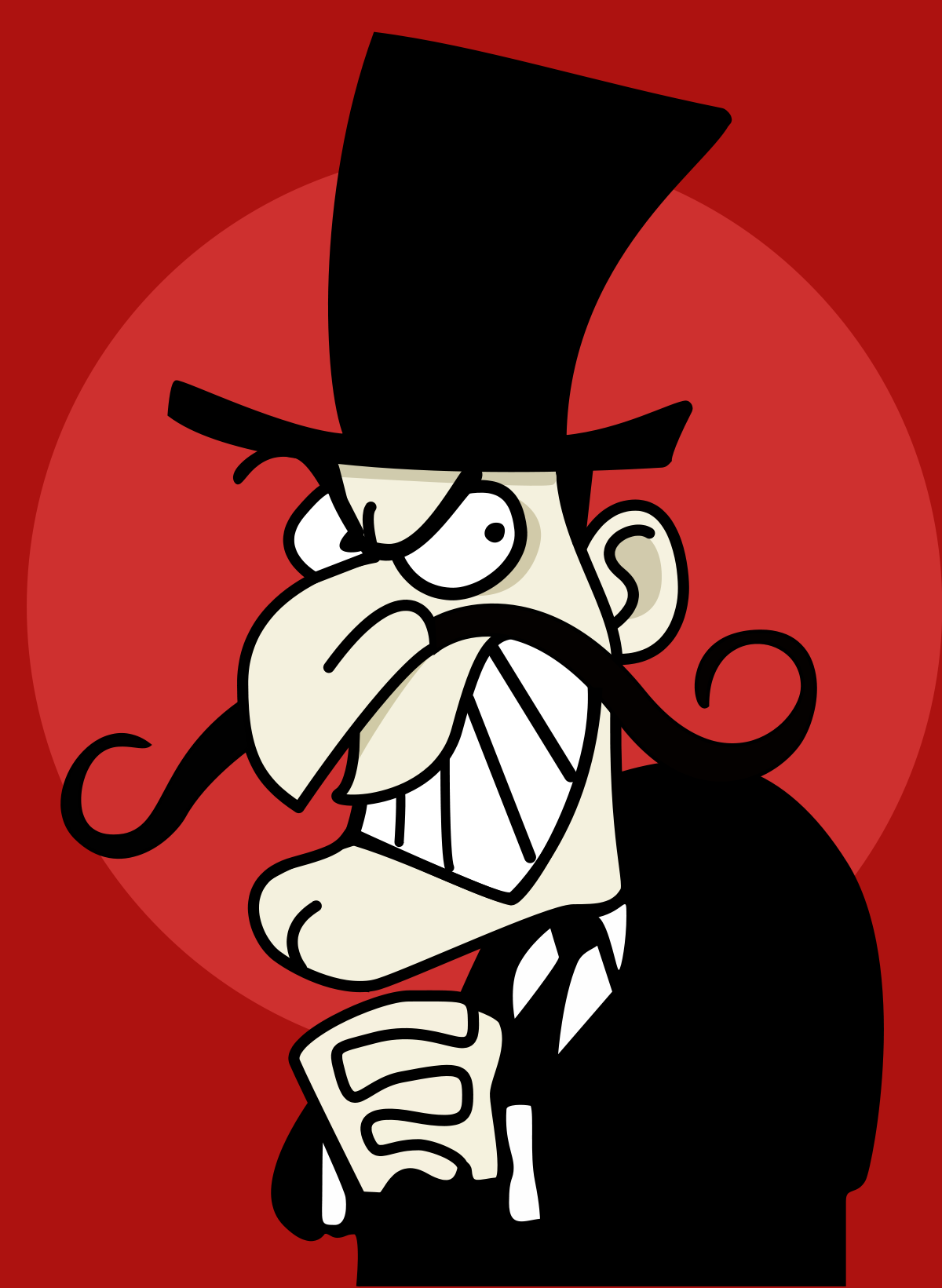Hello everyone, Peteypab from The Brew Crew here to talk about my favorite aspect of homebrew world building. Creating your villain.

There is nothing that drives the narrative direction of a campaign harder then a good antagonist. I have almost 20 years of Dming experience and in that time I have created a virtual man-agerie of villains. From cartoony mustache twirlers, to Half dragon/demon vampire edge lords (yes, really). I have always been fascinated with the idea of bad guys in story telling and film. I look forward to villain songs in movies, the big reveal of the bad guy, the subtle creation of maniacs and monsters in fiction. The big bad often times makes or breaks a story for me.
It shouldn’t always be that way for your players, however it should be a weapon in your DM/GM narrative arsenal. A good villain and antagonist should be a dark reflection of the world that spawned them, and when created properly, can help the player characters grow and develop in meaningful and fulfilling ways.
This is going to be part 1 of a multi part series where I explain what I look for in a great RPG Villain NPC. Hopefully on this journey we all learn something along the way.
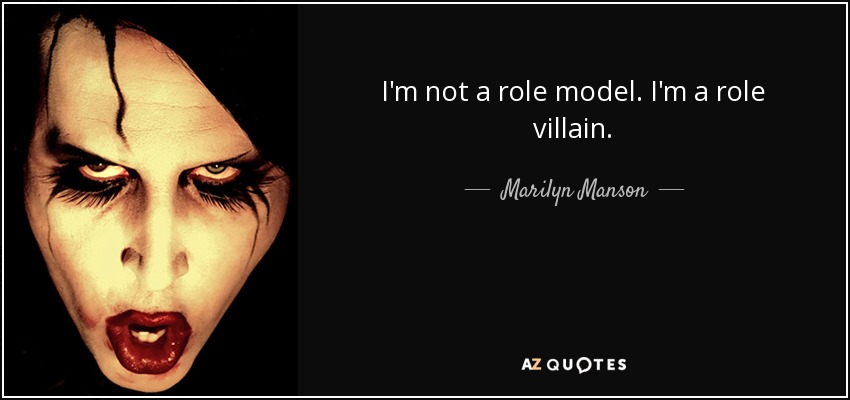
Know Their Role
One of the first things you want to establish when creating your dapper mustache twirler is their role in your campaign. Especially in homebrewing it gets very easy to get caught up into the idea of crafting the coolest, edgiest, greyest chaos lover around (I’m looking at you GW). However there is a lot more to character creation then that. So, when I create someone or something for my characters to conflict with. I start with deciding if I want a villain, or an antagonist.
Here is a quick lesson in story telling. There is actually a difference between a villain and an antagonist. An antagonist is a character who has goals that actively oppose the goals of your players (who usually play the role of the protagonists). Antagonists aren’t necessarily evil so much as the opposite of the heroes. This makes them a great choice for subtle evil doing, and allows them to fulfill roles that a traditional villain would not be able to play. More on that later. An antagonist is also a lot more flexible. It doesn’t always have to be a single being. It can be an ideal, an acting body or organization. Antagonists give your players something to directly thwart and fight against. Filling their journey with conflict and adventure. In short, an antagonist stands in direct opposition to a protagonist.
Now villains are a lot more tricky to create and execute on. You see, a villain is a character or entity whose evil actions and motives are important to the plot. But not in the way an antagonist has goals. A villain’s actions are supposed to cause trouble, harm or damage to the players and are narratively evil in nature. In fact most villains are action oriented. A villain is created to be hated, someone who negatively effects other characters in the story. This makes villains perfect monsters and bad guys. They cause trouble for the players, there are no grey areas. Villains don’t always need goals, and quite simply sometimes just want to watch your world burn around them.

Now, I want to go ahead and dive deeper into what specific kinds of roles your villains and antagonists can play in your world. There are so many options here, so i’m going to stick to the basic ones I like to start with. Although feel free to add more specific roles you have used or interacted with in the comments section!
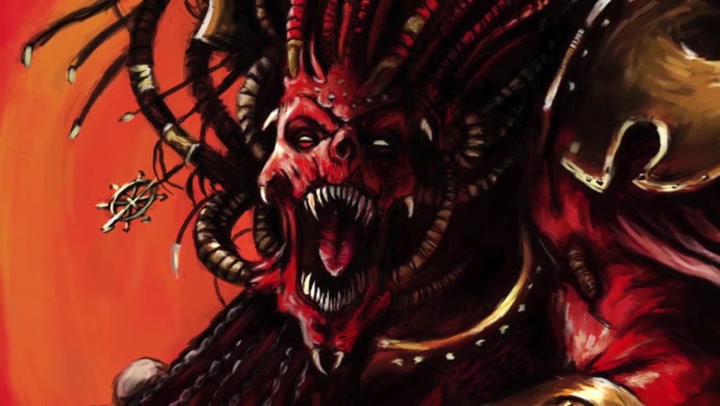
The Beast: This is a type of character that doesn’t need a complicated back story or reason for why it exists. It simply does. It can be the Shark from Jaws, Frankenstein’s monster, a band of bloodthirsty bandits, or pretty much any lovecraftian monster. For horror campaigns, especially ones set in dark horror settings, this is going to be your bread and butter villain. This kind of villain excels at being mysterious and terrifying. They also work great as early villains or preludes to even more complex villains and antagonists. You can also build entire story plotlines around them too. As they can be something akin to a natural disaster. The fabled Terrasque is a great example of a villain that when unleashed could potentially destroy a campaign.

The Mastermind: Ah the big bad of your campaign. Someone your characters speak about in hushed tones at first, which progressively turn into Shatner-esque shouts as your campaign progresses. This antagonist/villain does not need to be a criminal genius. But instead embodies the idea of what an uphill climb should look like for your characters. These kinds of antagonists make person final bosses. Whether they are a simple goblin shaman leading a small tribe, or the tyrant at the head of a corrupt government. A mastermind character should be someone who has lackeys, and looms as an omnipresent threat to your players. From Megamind to Moriarty, they are a great tool for longer campaigns.

The Hero: This one is my personal favorite. Easily the most flexible out of all villain and antagonist roles. The Hero is a complete fleshed out character that the DM/GM creates. Tragic backstories, rare nut allergies, and secret agendas are all MOs for a good Hero villain. They have access to everything the players have access to, magic items, proper saves, and yes, even the ability to CHA skill roll their way out of any situation with enough luck. A fleshed out Heroic Villain or Antagonist makes a great foil to your players on every step of their journey. Their very existence can create an intimate connection between themselves and your players. Think Sephiroth from FF7, or Darth Vader from Star Wars. A heroic villain has the capabilities to snatch the spotlight away from the players at any moment. A threat you should learn to use, and not abuse.
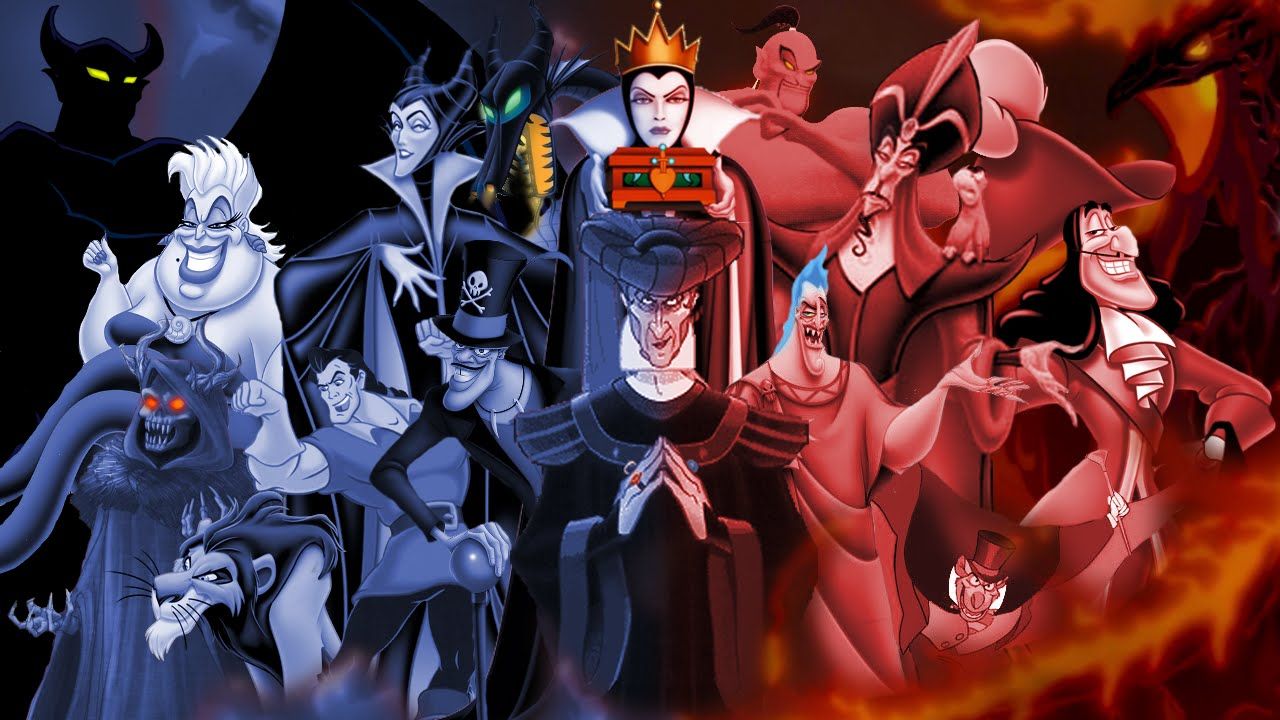
In conclusion, creating a good antagonist or villain for your homebrew campaign settings can be a long and rewarding process. Tune in next time when I talk about techniques on how to get your players to actually interact with their villainous counterparts instead of spending the entire session talking to Birinius Brown the halfling adept (Damn you Birinius…).
As always check out more articles from The Brew Crew here, and while you’re at it check out Volo’s Guide to Monsters for some antagonistic inspiration for your 5th edition DnD homebrew campaigns.
